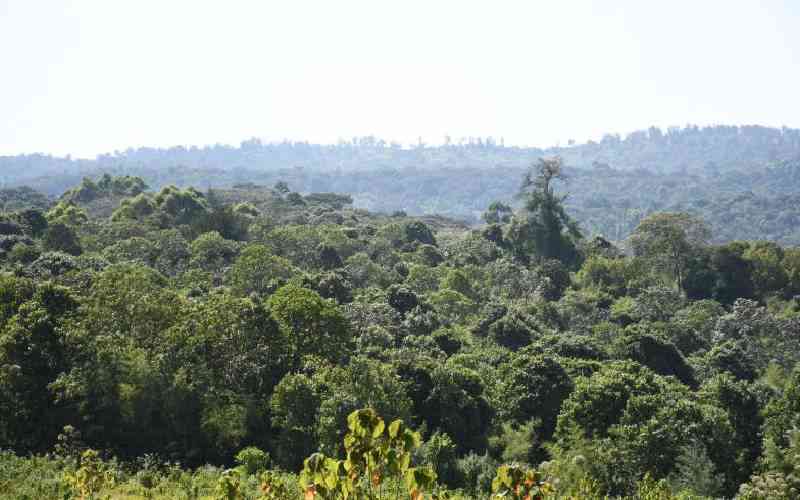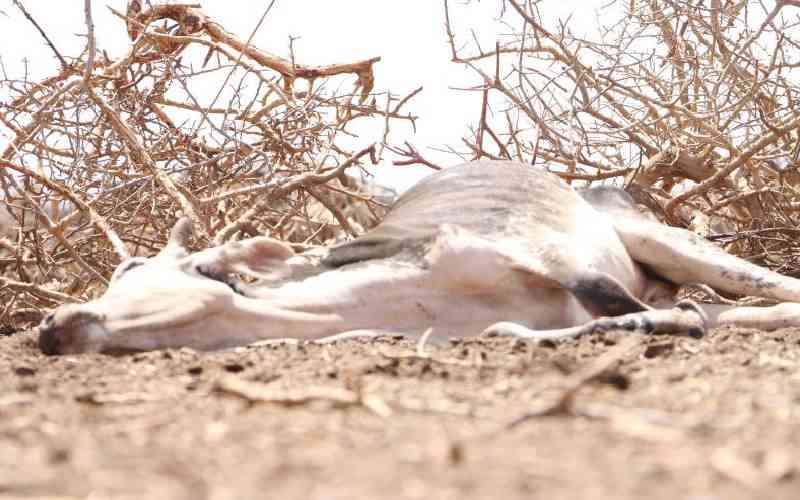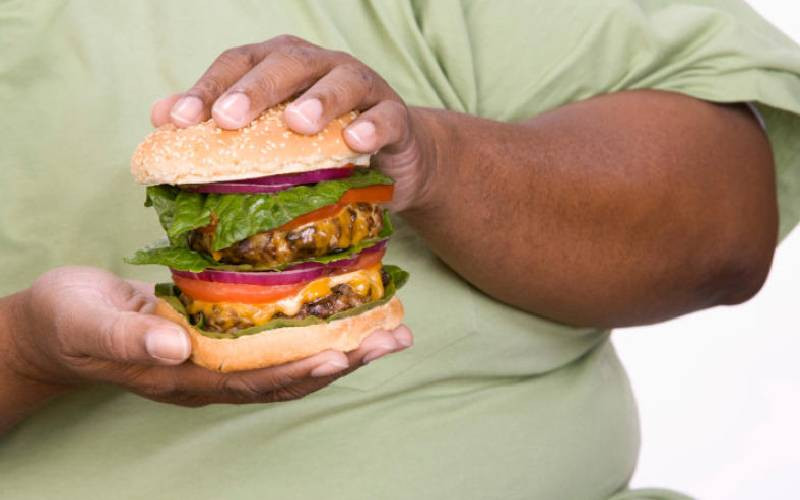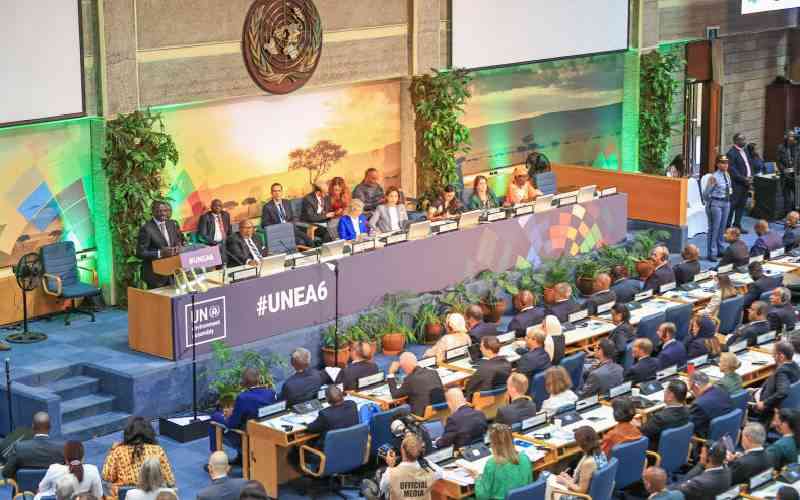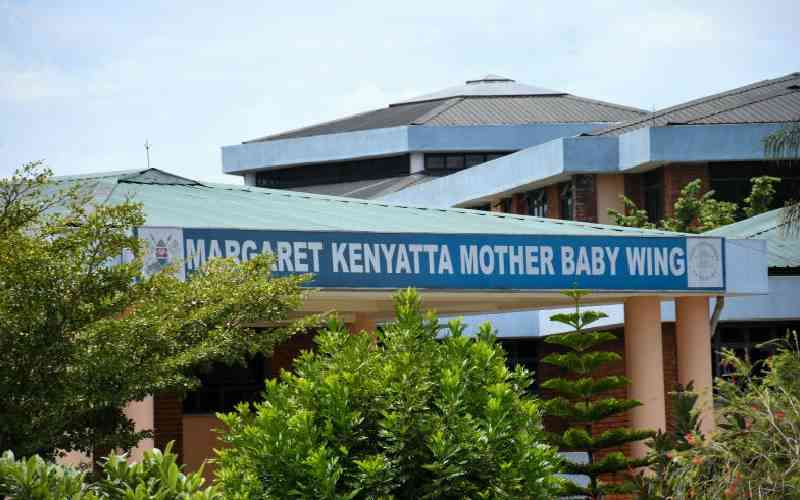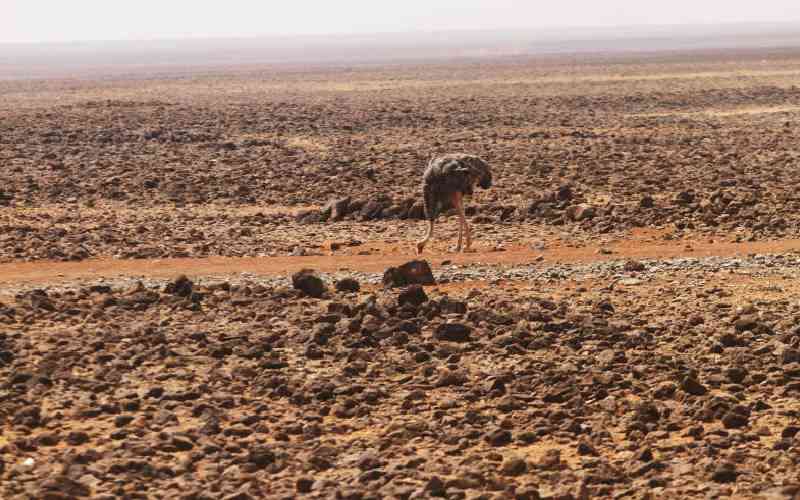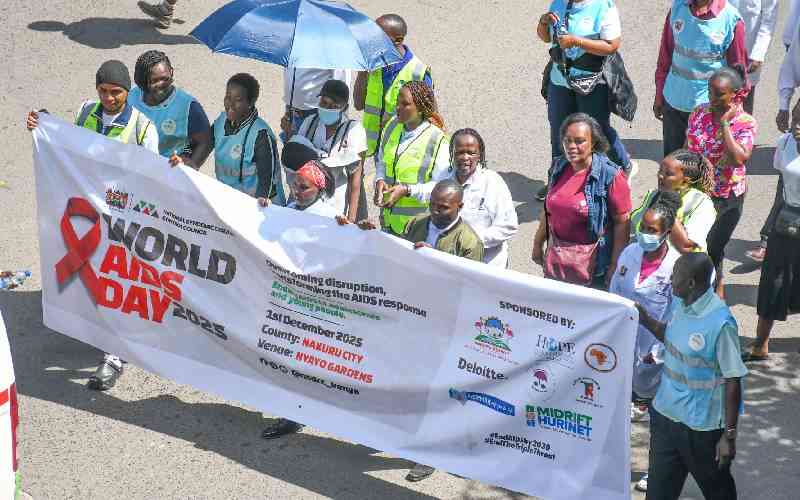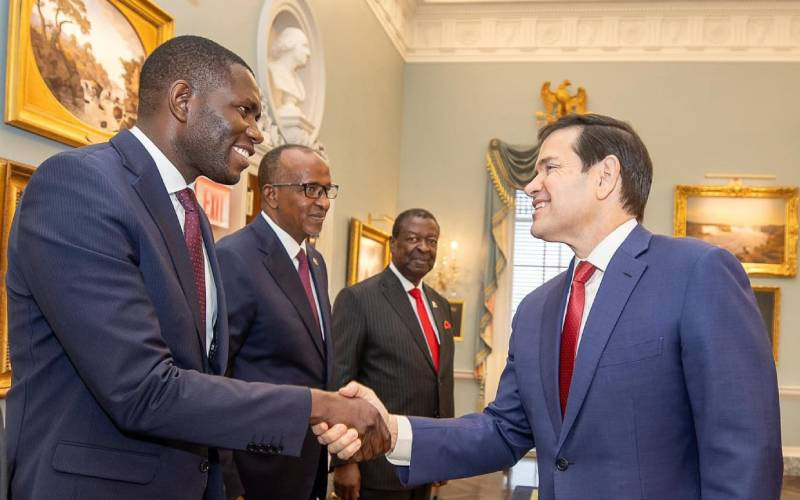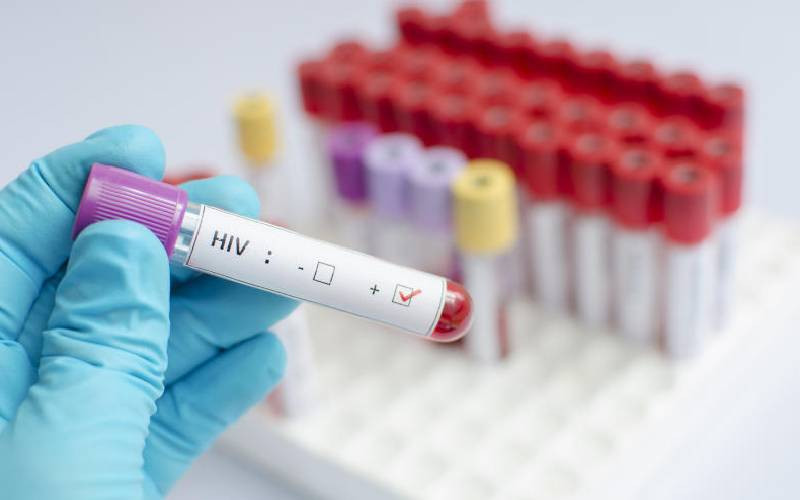
Kenya is among the countries that has made tremendous progress in transforming HIV/Aids from a death sentence into a manageable condition.
Over the past decade, the country has recorded remarkable gains, an 83 per cent reduction in new HIV infections, a 68 per cent decrease in HIV-related deaths and a 65 per cent decline in mother-to-child transmission, according to data from the Ministry of Health.
This progress has been largely driven by Overseas Development Assistance, particularly through the US Agency for International Development (USAid) and US President’s Emergency Plan for Aids Relief (Pepfar), which together provide most of Kenya’s HIV commodities and services.
According to Nassim Jahangir, Kilifi South Sub-County’s HIV & STI Coordinator, between 80 and 90 per cent of HIV services in the county are supported by USAID.
Data from the Ministry of Health shows that Kenya has about 1.4 million people living with HIV, with 1.3 million of them enrolled on antiretroviral therapy (ART) as of 2023.
However, more than eight months after former US President Donald Trump’s decision to cut foreign aid to Africa, many lifesaving health programmes have either folded or are operating at the bare minimum.
The UNAIDS report in April 2025 revealed that the withdrawal of USAID funding has hugely affected HIV care, increasing risks and uncertainty around the availability and management of essential HIV commodities. Now, a mixture of worry, pain, and confusion is spreading among those directly affected by the virus.
“The first thing I lost was my job as a peer educator,” says Kevin Nato* from Kasarani, Nairobi. “The stipends I earned were enough to cover my basic needs in the city and maintain a healthy, balanced diet. I’m still able to access my ART drugs, but I hope that never stops, we’ve heard rumours that the medicines are becoming scarce.”
Tailored HIV services
Nato identifies as an MSM (man who has sex with men), one of the key populations, alongside female sex workers, who have long received tailored HIV services offered discreetly to protect their privacy. “Our society is not welcoming to someone like me. The stigma of being outed as an MSM is already heavy; adding being HIV-positive makes it worse. That’s why it was so important to receive care in a way that protected my identity,” he says.
To address the gaps left by dwindling foreign funding, the Government of Kenya is rolling out service integration in all public health facilities. The new policy seeks to merge comprehensive care clinics, which for years have exclusively served HIV patients, into general healthcare services to make them more seamless and cost-effective.
Maria Mulwa, the HIV Programme Coordinator for Kilifi County, says: “We are currently at about 65 per cent integration. The goal is to ensure that all patients, regardless of their condition, can receive care under one roof without stigma or segregation.”
Alice Saina, the chairperson of the Eldoret Sex Workers Alliance (ESWA), says the funding cuts have left members of her organisation struggling to access condoms, their most basic line of protection.
“Sex work is not easy, and the pay is often too little to meet domestic needs and still buy condoms,” she explains. “Free condoms helped many sex workers go about their work with less fear of infections. That is no longer the case.”
On the government’s decision to integrate HIV services into general healthcare, Saina is blunt:
“This policy will kill many people in the key populations because they won’t feel comfortable seeking services in such settings.”
Nassim Jahangir, Kilifi South Sub-County’s HIV and STI coordinator, shares similar concerns.
“You can’t put them in the regular hospital queue. They don’t like being in spaces where they feel judged,” she says. “The question is: Are we ready to serve them according to their specific needs?”
Key populations include men who have sex with men, male and female sex workers, people who inject drugs and transgender persons.
At the Muyeye Health Centre in Malindi, Selinah Anyango, an HIV adherence counsellor, witnesses these challenges first-hand. “I have two cases, a four-year-old girl and a five-year-old boy, both with extremely high viral loads,” she says. “They were part of the OVC programme, which supported their clinic visits and nutrition. That funding has now been cut. As we speak, they’re unable to come to the facility. I fear for their wellbeing.”
In Nairobi, Vera Awuor, a 25-year-old single mother, tested positive for HIV seven years ago. She recalls the dark cloud of dread that hung over her, making it hard to accept her diagnosis.
After counselling at Dandora Phase One Hospital, Awuor came to terms with her status and began treatment to suppress her viral load.
“I was able to live a normal life again and pursue my dreams despite my HIV status,” she says. Her determination led her to become a peer educator at the same facility, helping others navigate the same difficult path she once walked. Then came the February 2025 aid cuts.
The impact of the USAID funding pause was immediate, Awuor says.
“ARVs started being rationed. Some patients only received a fraction of their usual dose, while others got nothing at all,” she recalls. “I used to receive a six-month supply, but now I only get enough for one or two months.”
She adds that some health centres ran out of stock entirely, forcing desperate patients to buy antiretroviral drugs from unscrupulous dealers charging as much as Sh1,500 per bottle.
For Awuor, the cuts also meant missing her annual cervical cancer screening, a crucial test for women living with HIV.
“My screening for 2025 was due in February, but when I went for it, I was told the service was no longer available,” she says quietly. In Kilifi County, 65-year-old Joseph Sadiki from Mafumbini village has lived with HIV for 21 years. He vividly recalls the dark days when HIV was a death sentence.
“Back then, people who died from HIV were wrapped in plastic bags and buried quickly by health workers in full PPE,” he says. Sadiki fears that ending foreign aid could undo decades of progress.
“My life depends on ARV drugs. Cutting off support for these services feels like a death sentence,” he says.
Financial void
He worries that unless urgent action is taken, the country may soon witness a resurgence in new HIV infections.
Dr Hassan Leli, the Director of Health Services in Kilifi County, acknowledges the situation’s complexity.
“It’s unfair, but at the end of the day, these are resources funded by taxpayers from another country,” he says. “When they make such a decision, we can only lament, donor support is ultimately at the discretion of the donor.”
However, Saina, doubts that the government will fill the financial void left by PEPFAR and USAID.
The exit of USAID has laid bare the fragile foundation on which Kenya’s HIV response was built.
Nelson Otuoma, CEO of the National Empowerment Network of People Living with HIV/AIDS in Kenya (NEPHAK), warns that the funding halt could have disastrous consequences for millions of Kenyans living with HIV.
Reporting by David Owino, Juma Majanga and Gardy Chacha
 The Standard Group Plc is a multi-media organization with investments in media
platforms spanning newspaper print
operations, television, radio broadcasting, digital and online services. The
Standard Group is recognized as a
leading multi-media house in Kenya with a key influence in matters of national
and international interest.
The Standard Group Plc is a multi-media organization with investments in media
platforms spanning newspaper print
operations, television, radio broadcasting, digital and online services. The
Standard Group is recognized as a
leading multi-media house in Kenya with a key influence in matters of national
and international interest.

